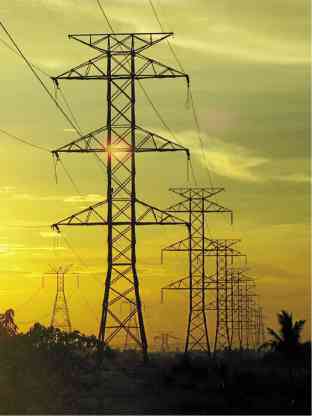DOE to power firms: Revise preventive maintenance schedules
MANILA, Philippines — The Department of Energy (DOE) is appealing to power plant operators to reschedule their preventive maintenance program amid possible red and yellow alerts due to unstable power supply.
DOE Director of Electric Power Industry Management Bureau (EPIMB) Mario Marasigan made the appeal Friday, a day after the department warned of possible red and yellow alerts in Luzon in the coming weeks, with several power plants scheduled to undergo preventive maintenance.
“Base na rin sa ating Senate hearing kahapon, napagkasunduan na sa pangunguna ng ating kagawaran, tayo ay makikipag-coordinate sa mga planta na nasabi ko kanina at pakikiusapan natin sila na kung pwede iatras, makaron ng rescheduling ‘yung kanilang preventive maintenance program para maiwasan na maatras tayo,” Marasigan said in an interview on ABS-CBN’s Teleradyo.
(Based on the Senate hearing yesterday, it was agreed on that with the DOE at the forefront, we will coordinate with the power plants and we will appeal to them to reschedule their preventive maintenance program.)
“Pangalawa, pakikiusapan natin sila na sana wag magsabay-sabay. Pwede siguro iayos natin yun na magkakasunod, pero wag lang sabay-sabay,” he added.
Article continues after this advertisement(We will appeal to them to not have their preventive maintenance program simultaneously. They can have it one after the other, but not simultaneously.)
Article continues after this advertisementDuring a Senate hearing on Thursday, Marasigan said the Ilijan Block A plant will undergo its preventive maintenance on June 24.
He added that in the coming weeks up to the 30th week of the year, the GNPower Mariveles Unit 1 coal-fired plant, the Sual Unit 1 and the Pagbilao power plant will also simultaneously be on preventive maintenance.
“Having these numerous plants conducting their preventive maintenance in the forthcoming weeks, then definitely po meron tayong potential na magkaroon ng hindi lang yellow alert but red alert [we will definitely have yellow as well as red alerts],” Marasigan said during the hearing.
A yellow alert means that there is low electricity supply, while a red alert means there are zero ancillary services or insufficient power supply in the grid.
